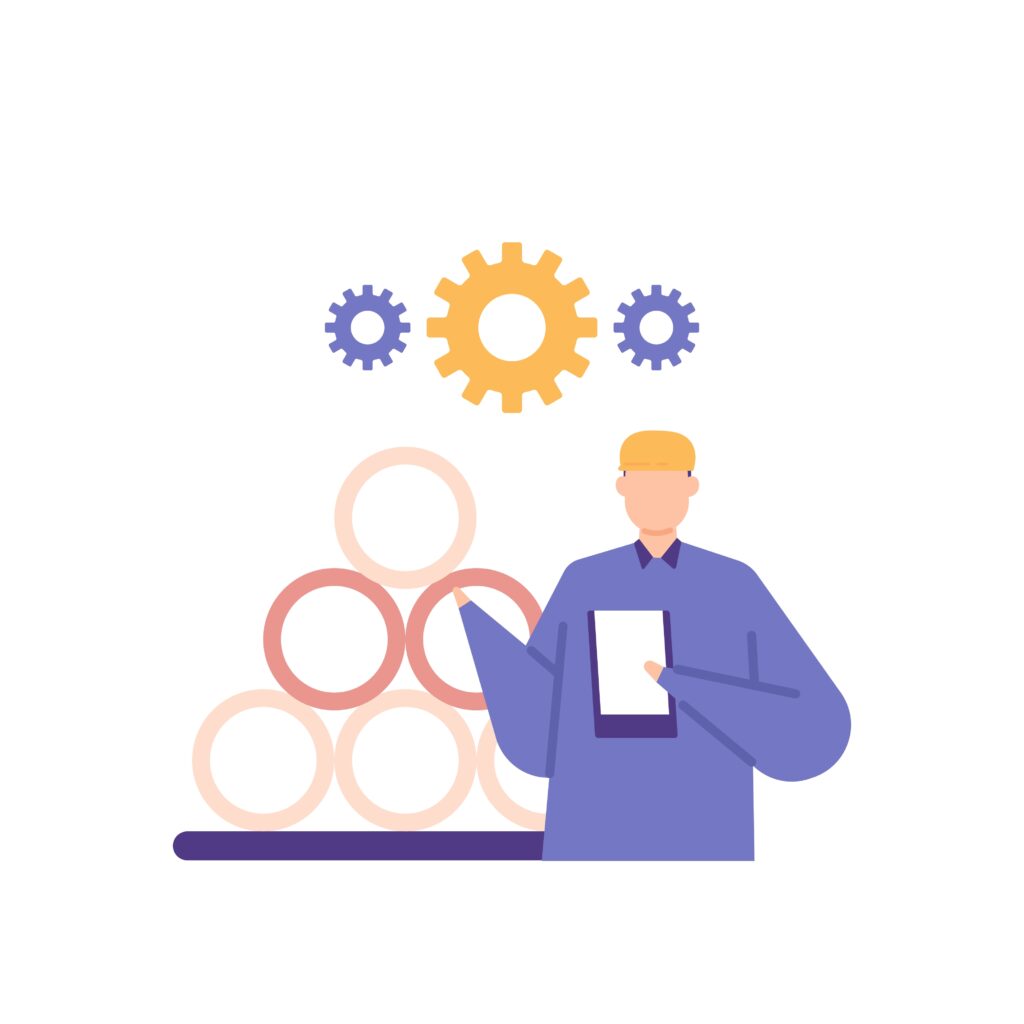To keep expenses low and avoid inventory that wouldn’t move, most businesses went to an order on demand type model a decade or more ago. Unfortunately, when the supply chain runs into issues, not having inventory in stock hurts both consumers and businesses.
During the height of the COVID-19 pandemic, people learned just what could go wrong with a supply chain. The store shelves were barren of toilet paper and everyday supplies. In some areas, the shelves were wiped clean of canned foods and perishable items, leaving people feeling panicked over where they’d get sustenance.
Where Is the Supply Chain Right Now?
Since, things have improved some but issues still remain in some industries. The issues that caused supply chain issues in late 2019 and early 2020 have not completely gone away. Continued shifts in supply demand and labor shortages impact some sectors, including consumer goods and food. Another issue is structural factors and getting items from point A to point B, with the risk of disruptions at any point along the way.
Wars in Ukraine and disruptions in other parts of the world might also impact an already weakened supply chain. According to Statista, the global supply chain market will hit around $30 billion by 2026. Many of the services making up that number are to help businesses navigate the new normal in securing materials or products.
While you can’t control pandemics, wars or even labor shortages, there are some things you can do to ensure your business runs smoothly and you have what your customers need when they want it.
1. Control Your Inventory
The first step to avoiding supply chain issues is to know what inventory you have. Invest in an inventory management system that alerts you when you run low on a popular item or need to clear out stock that isn’t moving quickly.
Look for a program that tracks sales, customer requests and stock for the most benefit possible. You should occasionally run analytics to see if you should up the amount of inventory in a particular area. For popular items, you may be able to integrate with the vendor’s system and submit automatic orders whenever your stock falls below a certain level.
2. Manage Customer Expectations
If customers expect to walk into your brick-and-mortar store and buy what they need or pop online and get an order in two or three days, you may set them up for disappointment with particularly popular items.
Figure out how long it takes to receive the product. Are there any delays typically? What promotions are you planning and do they make sense based on how easy or difficult it is to get stock?
Know what you’re spending on various promotions and marketing efforts. For example, one company allotted around 25% to promotional activities, but the amounts vary depending on what type of product they’re offering.
3. Add Time for Delays
Disruptions in the global economy, government regulations and increased demand in some areas all contribute to supply chain issues and result in delays in receiving products and raw materials.
Whenever you plan out your ordering time frame, allow a little extra time for unexpected delays. It’s better to overlap inventory and have some still left in stock when new items arrive than to run short and miss out on sales.
Think about what you do when you visit a store and they are out of what you wish to buy. You either go online or you drive to another store until you find what you need. If you fail to serve your loyal customers, you’ll lose them to someone who has what they seek to buy.
4. DIY Products
What type of products do you sell? Can you make it yourself or add some customization and offer it in a different way?
For example, you might want to invest in a 3D printer and create your own products on-site. Another idea is to invest in a Cricut or other scoring machine and customize items to your patrons’ liking. Cricuts are already changing multiple industries such as education and retail.
5. Build Relationships With Suppliers
Who are your current suppliers? Take the time to phone them and get to know them on a more personal level. If you don’t have a point of contact for each company, develop one now. You need a human who can handle your concerns and answer questions about delays or estimated delivery times.
Once you have a solid relationship with your current suppliers, seek backup sources. Is there another company offering similar products? Can you place a smaller order and see how it goes? While you don’t want to damage the positive relationship with your current third-party vendors, it’s smart to have another option in your back pocket for those times when your supply chain can’t deliver what you need when you need it.
6. Watch Demand and Stock Up
Keep an eye on how much of an item moves in case you need to buy sooner than expected. Most inventory management software lets you set alerts. You’ll be notified if something starts to sell faster than expected.
If you notice some seasonal shifts, you might want to stock up on those items before the busy time hits. Look ahead and plan accordingly, and you’ll be less likely to run out of something you need.
Take a Breath and Understand You Can’t Control the Supply Chain
While you can take steps to improve your inventory management and develop relationships with vendors, you can’t control the supply chain. You have no say over if a war erupts near the factory or shipping vessels get held in port. You can’t predict how many other people might buy the same item and drive demand up or down.
The only thing you can do is pay attention to trends and numbers and adapt as needed. If you can stay on top of your company data, you’ll have a much higher chance of navigating the supply chain successfully.











